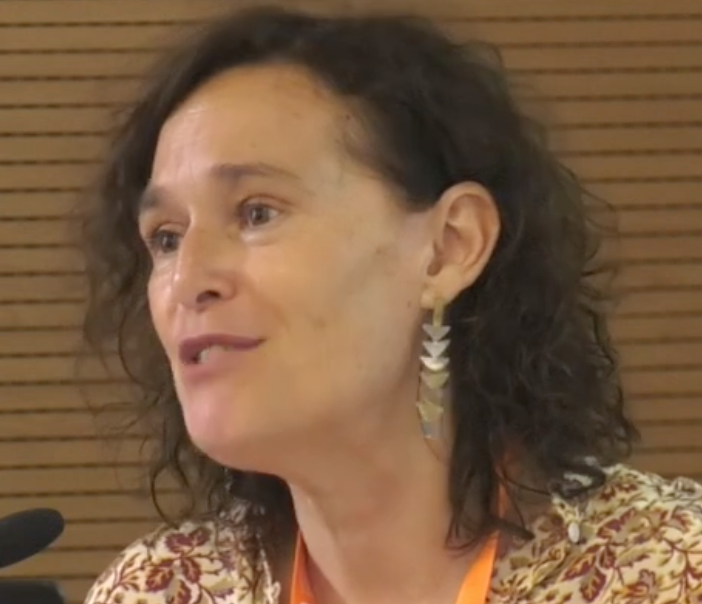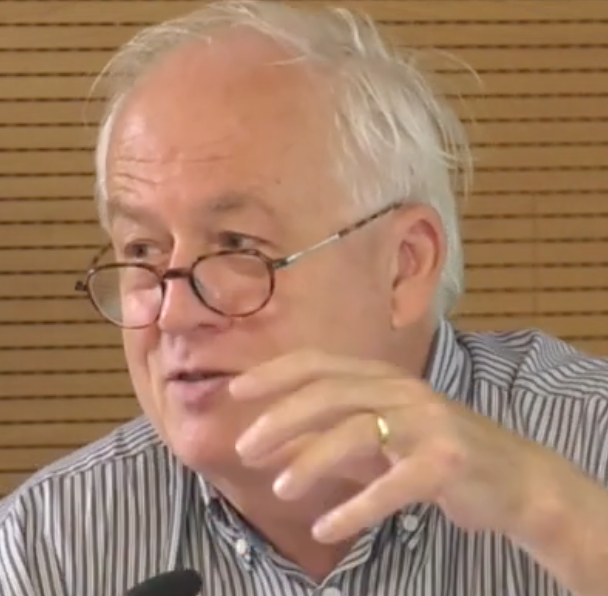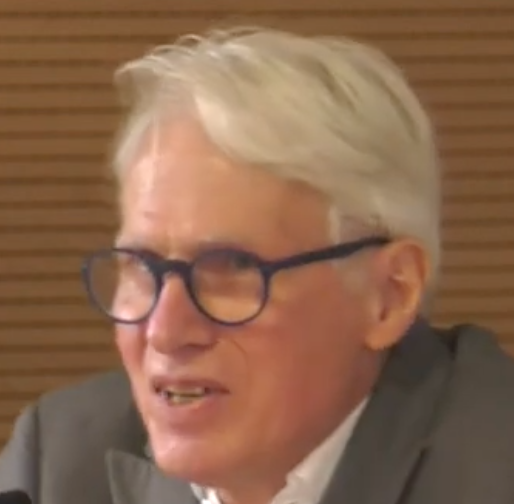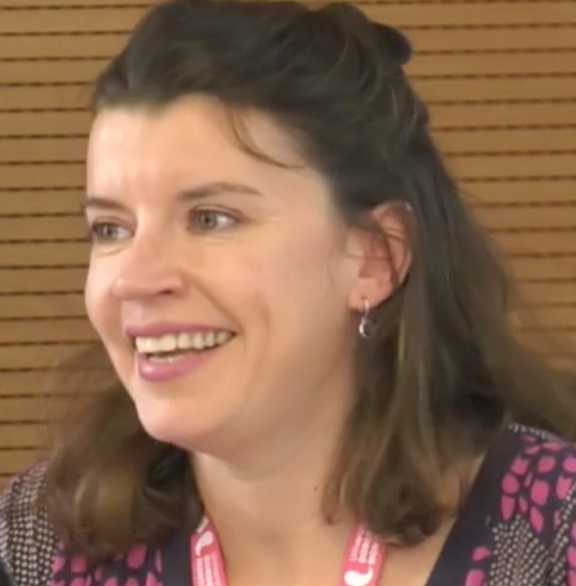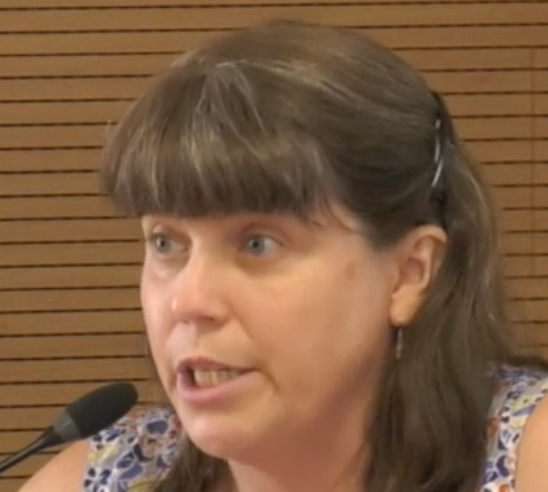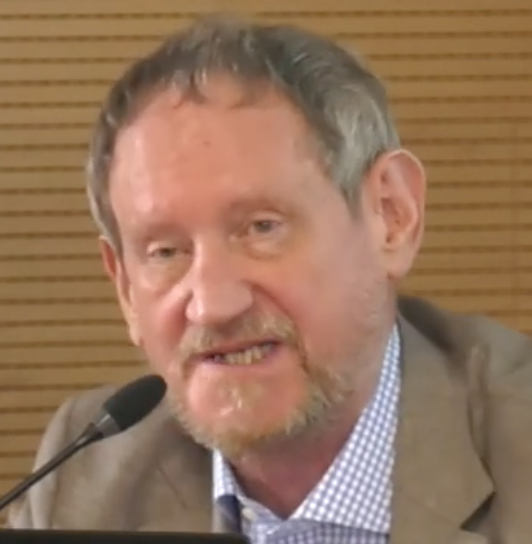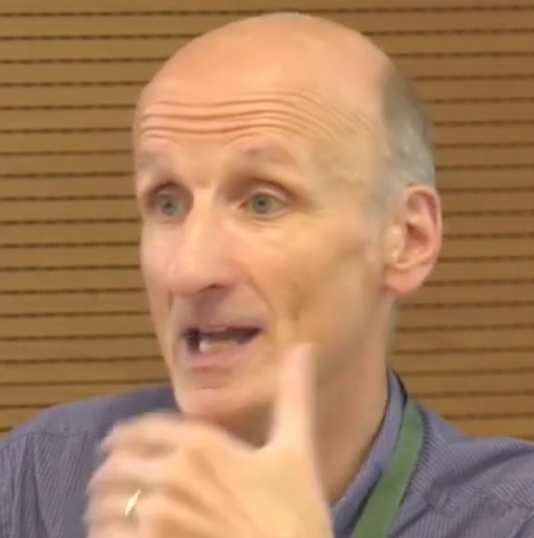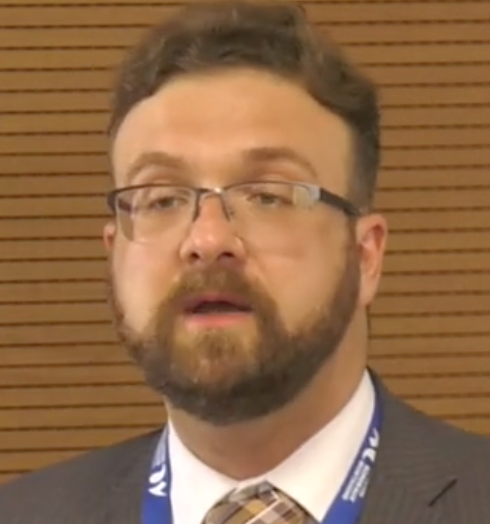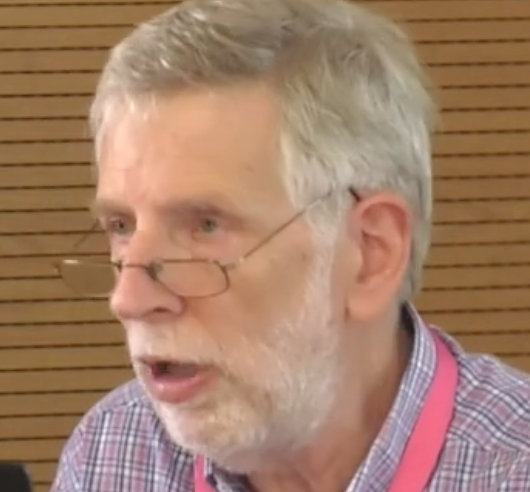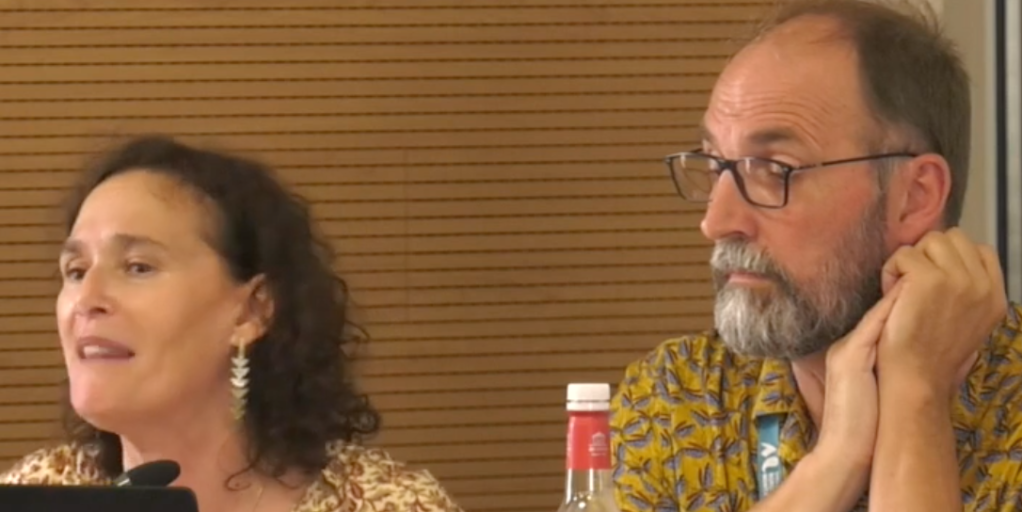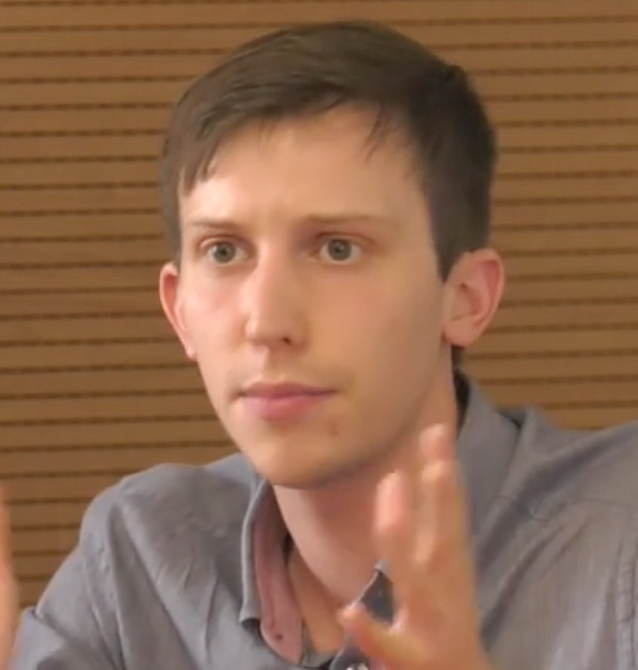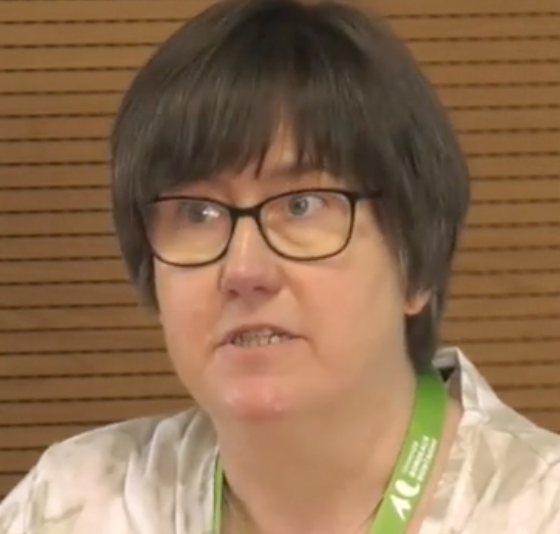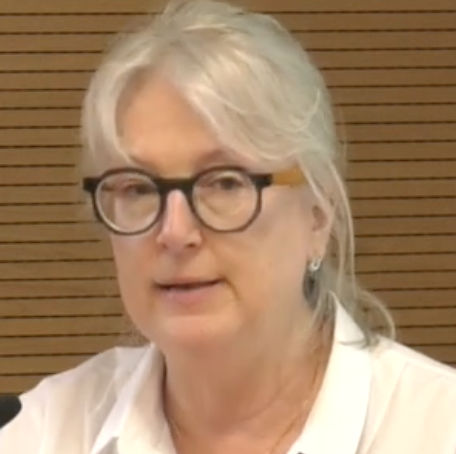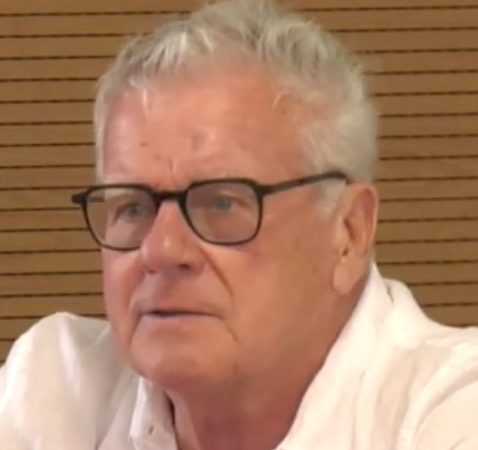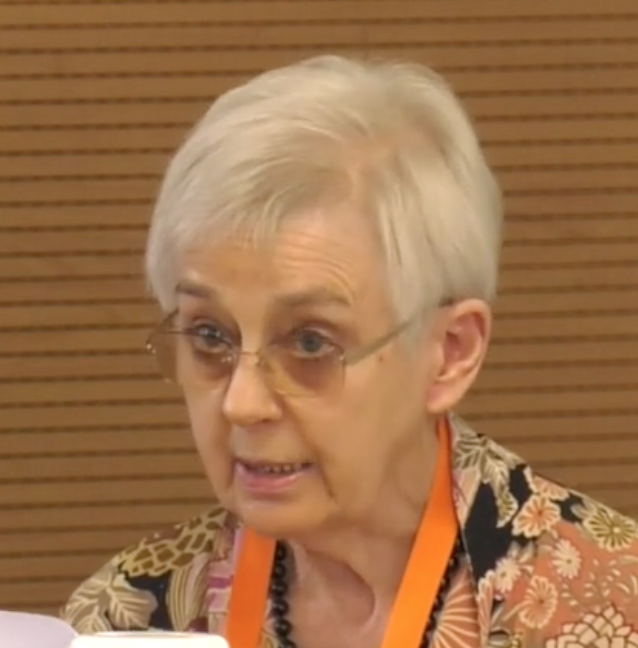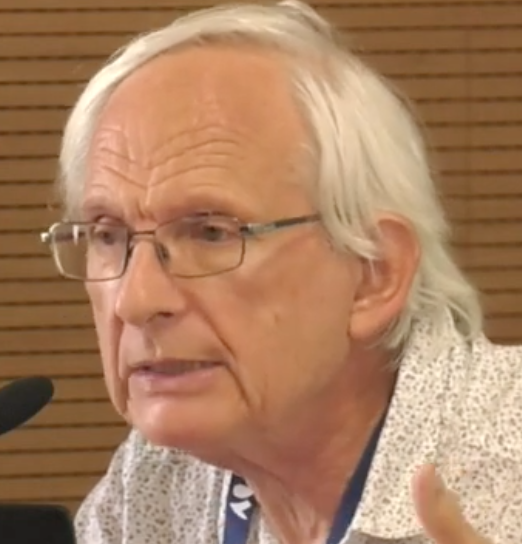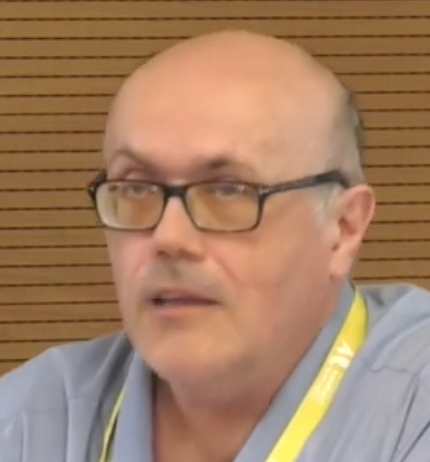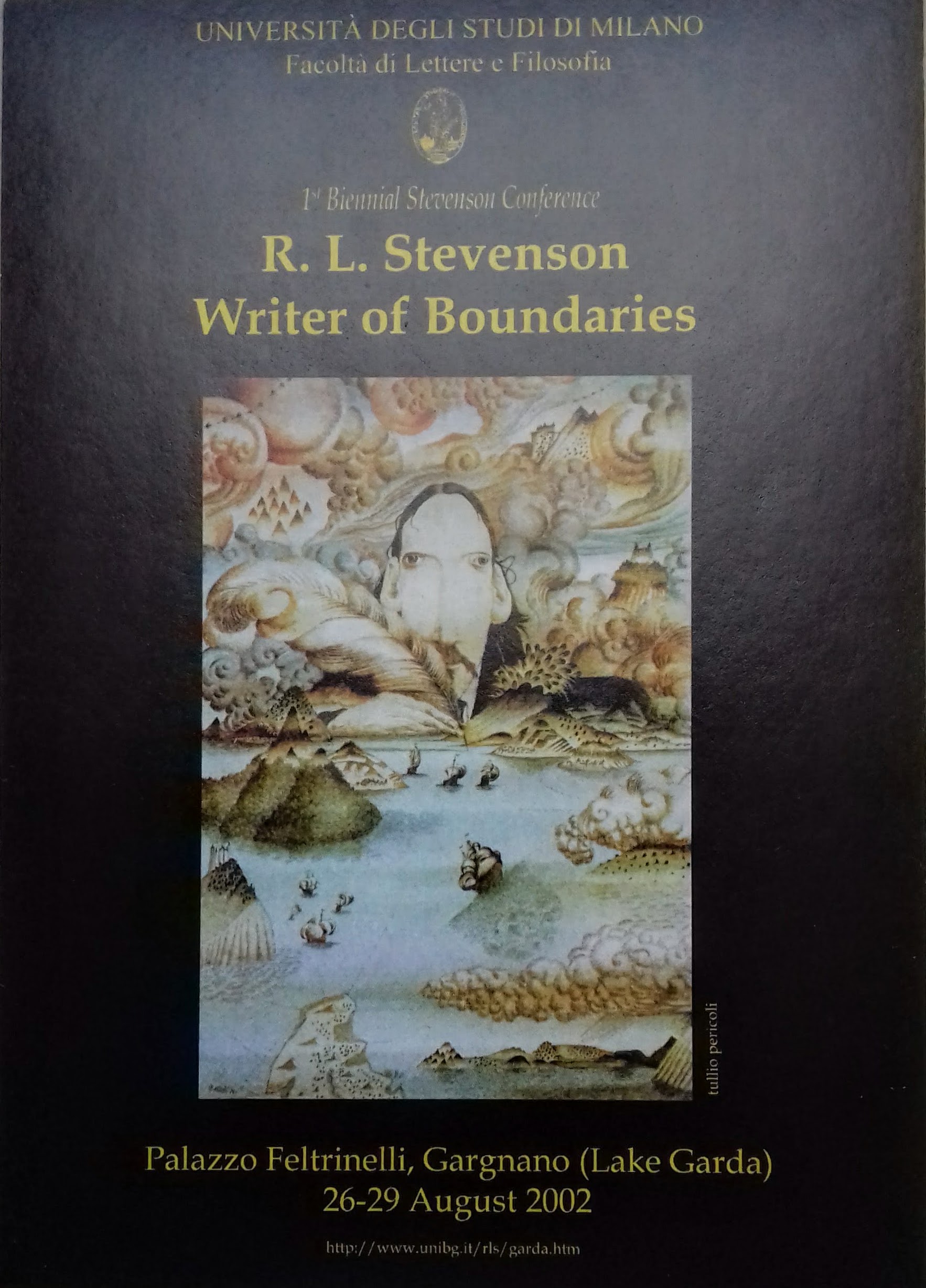Archive for the ‘Conferences’ Category
RLS2024 ‘Intertextual Stevenson’
Ruhr University Bochum, 27–29 June 2024

Organisers: Lena Linne & Burkhard Niederhoff
In “A College Magazine”, Robert Louis Stevenson famously described his literary apprentice-ship as an exercise in imitation: “I have thus played the sedulous ape to Hazlitt, to Lamb, to Wordsworth, to Sir Thomas Browne, to Defoe, to Hawthorne, to Baudelaire, and to Obermann.” The works that were eventually published are hardly less indebted to previous texts than his earlier attempts at literary pastiche. “No doubt the parrot once belonged to Robinson Crusoe. No doubt the skeleton is conveyed from Poe”, Stevenson admits in “My First Book”, an essay on the genesis and the sources of Treasure Island. Some critics have used these self-depre-cating comments, in particular the “sedulous ape”, to support their claim that Stevenson was a derivative writer lacking in originality. Others, by contrast, have praised him as a precursor of postmodernism who was aware of, and brilliantly exploited, the inevitable intertextuality of all writing.
Many of the papers given at this conference will explore the way Stevenson used, adopted and responded to texts by other writers, and the way other writers used, adopted and responded to texts by him. The term text will be interpreted broadly and papers on film, graphic novels etc. will be welcome.
We also invite comparative papers that engage with analogues or parallels rather than sources and influences, situating Stevenson’s works within a genre or within their nineteenth-century context (e.g. “Stevenson and Wilkie Collins as Writers of Sensation Novels”). Moreover, there is room for theoretical investigations that take their cue from essays such as “A College Magazine” or “My First Book” and analyse Stevenson’s ideas about the genesis and structure of literary texts.
Finally, we will welcome papers that engage with the multiple texts that often lurk behind what is considered a single text; those who are interested in editing Stevenson’s writings could compare different layers or versions of a text and the editorial problems resulting from them. Further creative interpretations of the conference theme are possible and welcome.
Proposals (200-300 words) for twenty-minute papers are warmly invited and should be sent to one of the organisers by November 30, 2023 (lena.linne@rub.de, burkhard.nieder-hoff@rub.de). If you have any questions, please contact the organisers.
Twenty years ago today: RLS 2002, Gargnano
Twenty years ago today, on Sunday 25 August 2002, the Gargnano Stevenson conference began with registration from 5 to 7 p.m., followed, on the lakeside terrace, by the first aperitivo and and the first cena (pasta all’amatriciana and ‘àrista al forno’—roast pork—con salsa svizzera) in the gathering dusk of the long Gargnano twilight. It was a memorable moment, in a unique location and one of the events that contributed to the revival of academic interest in Stevenson, including the New Edinburgh Edition.
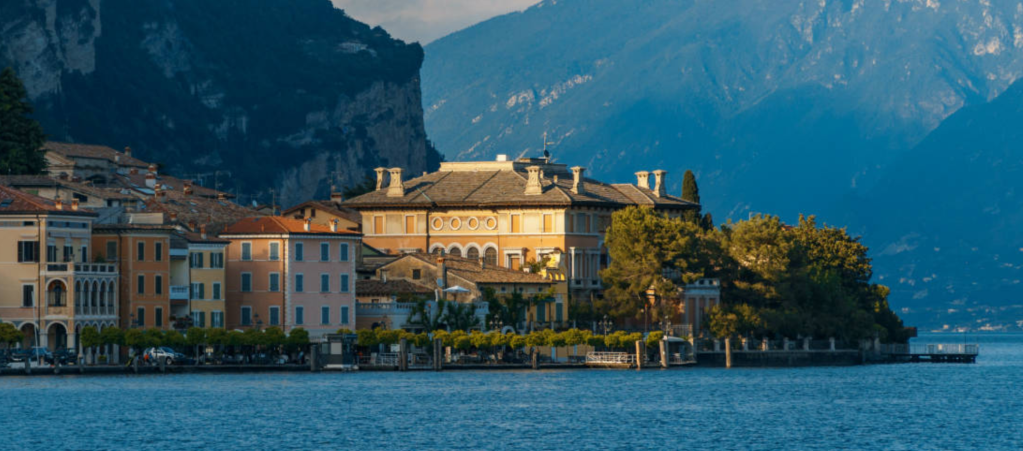
Stevenson, once the most famous and admired writer in English, from about 1918 was gradually excluded for serious consideration by Anglo-American critics. The situation continued for another seventy years: he was dismissed by F. R. Leavis and Raymond Williams and not even mentioned once in The Norton Anthology of English Literature from the first (1962) through to the seventh edition (2000).
Signs of a revival of interest started in the 1980s (with works by Roger Swearingen (1980), Paul Maixner (1981), Barry Menikoff (1984) and the influential collection of essays Dr Jekyll and Mr Hyde After One Hundred Years (1988) edited by Veeder & Hirsch). In the same decade Penguin Classics and Oxford Oxford World Classics paperbacks made a number of Stevenson’s works (including the South Seas tales) easily available for the first time in decades.
With the centenary year of 1994 came exhibitions and biographies and the eight volumes of the Yale Letters (edited by B. A. Booth and E. Mehew), closely followed by Alan Sandison’s monograph of 1996, which presented Stevenson not as the tradition to be overcome by Modernism but as its forerunner.
All this activity and interest was further focussed in the milennial year 2000, associated with overviews and assessments in many fields, including the important Stirling Stevenson conference of 2000 (organized by Rory Watson and Eric Massie), which then gave birth to the Journal of Stevenson Studies (which flourished from 2005 to 2018). Stirling was intended as a single conference, but at its closing meeting Richard Ambrosini boldly stood up and proposed a biennial series, to be established by a conference in two year’s time at the Milan University conference centre on Lake Garda.
What a pleasure it was at Stirling and Gargnano to share interests and enthusiasms with a temporary gathering of like-minded others for the very first time. Stirling initiated a focussing of interest and Gargnano and the biennial conferences confirmed it.
.
Below are some photos of the event. If you wish to read my ‘picturesque notes’ on the conference, you will find them here.
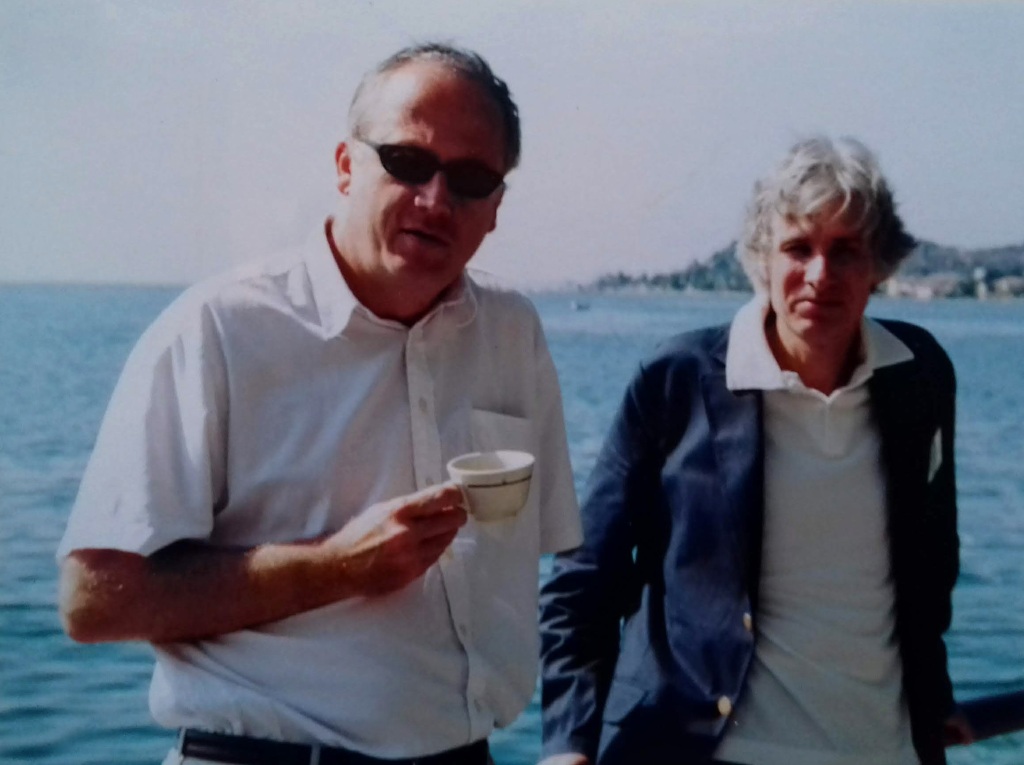

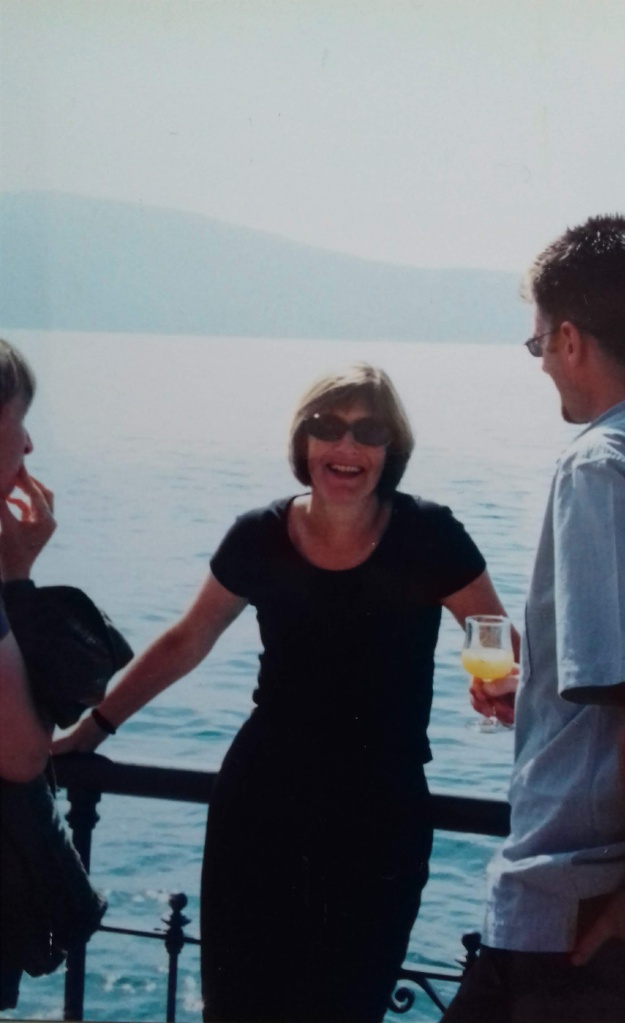


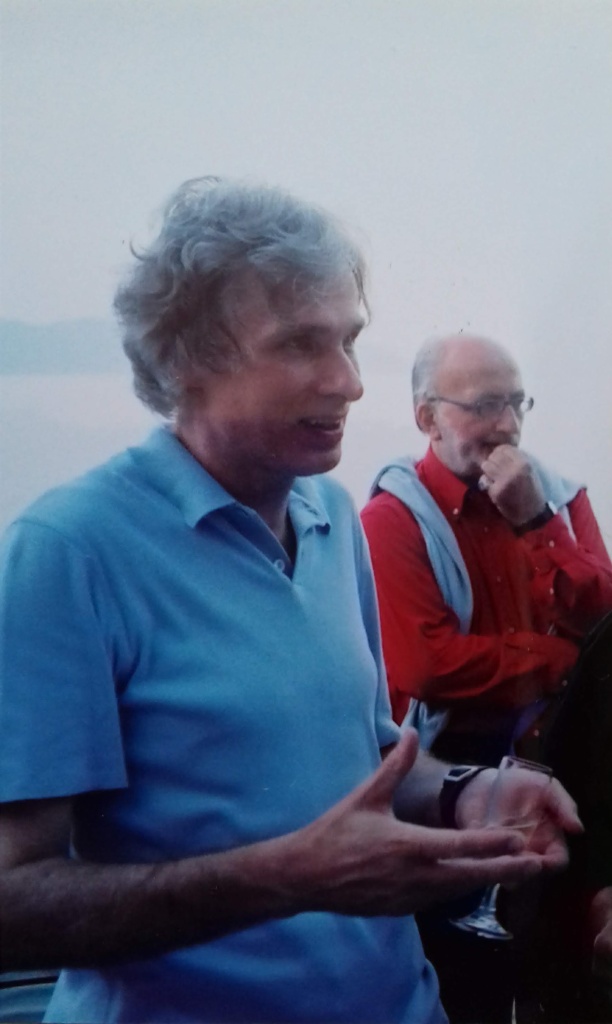





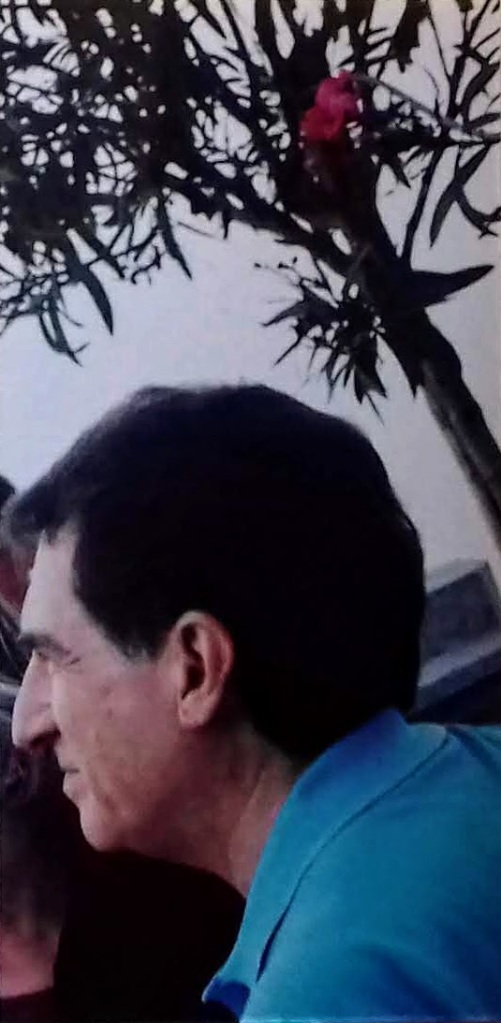


Dick Ringler wrote afterwards: ‘That was quite splendid, long-to-be-savored-and-remembered. A total success. And acquiring—in retrospect—something of the quality of a dream.’
RLS 2017, Napier University

Linda Dryden has offered to organize the next RLS conference at Edinburgh Napier University 6, 7 and 8 July 2017.
Conference report for RLS 2013: Stevenson, Time and History (UNSW)
by Naomi Carle (Durham University)
I have to confess, I was more than a little sceptical that I would be able to identify a group of Stevensonians among the crowd gathered on the steps of the Art Gallery of New South Wales, but I needn’t have worried. Although this was to be my first Stevenson conference (well over-due), a collection of amiable and interested faces affirmed I was in the right place. Roslyn Jolly’s inspired decision to begin the conference with a tour of Stevenson’s Sydney was both convivial and informative. We viewed pictures illustrative of the ‘sham candy cane’ tropics that Stevenson strove to correct; saw an exhibition of manuscripts collated especially for the conference at the State Library and marvellously contextualised by Roger Swearingen’s extensive notes; rested in the very chair Stevenson often occupied when hiding away from his womenfolk at the Union Club (albeit now housed in a rather impressive skyscraper that would have been entirely alien to him); and wondered at his vehement hatred of the inoffensive Post Office Tower. Roslyn’s helpful revelation that one of his manuscripts was ingested by its corridors never to re-emerge went some way to explaining things. As with all good tours, ours ended in a bar – a rather marvellous institution tucked beneath the majestic sails of the Opera House, just above the harbour. By the time we began to peel off into the night, I felt like I was parting from old friends.
Roslyn and Chris Danta continued the spirit of the previous evening in their official warm welcome to the conference, which included a respectful acknowledgement of the indigenous peoples whose land we met on. Business began with Adrian Poole’s masterful keynote, which utilised Alan’s ‘grand memory for forgetting’ (uttered in genuine Scots) as a fruitful point of departure for a discussion of individual and collective memory as models for writing in Stevenson’s works. From a polite agreement between friends, to rats nibbling at the edges of a vicar’s sermon and fin-de-siècle preoccupations with psychology, history, points of origin and genetics, we arrived by steps and leaps at a new appreciation for Stevenson’s uneasy understanding of survivals which resonated with many subsequent discussions. There followed a day of illuminating and incredibly inter-related panels, despite their diversity in topic and approach. The many faces of Stevenson were discussed in relation to the historical novel, the anxiety of influence, the reception of his work in French literary circles and Portuguese translation, and his complex relationship with the law. These papers provoked interesting elaborations on Stevenson’s playfulness as a writer, the contention between history and fiction in his writing, and his desire to be innovative and experimental in all while remaining acutely aware of the limitations of his chosen medium. During lunch, we were treated to the book launch of Juvenilia Press’s edition of Stevenson’s Early Writings, edited by Christine Alexander and Elise McPherson. The volume contains some remarkable sketches drawn to accompany his writings, which show that an interest in the dialogue between artistic forms began at an early age.

The themes of memory and Stevenson’s unsettling ability to leave his reader with a startling pictorial impression carried through into the second day. We enjoyed panels on Stevenson’s manipulation of narrative time, his strong interest in science and medicine, the tension between tradition and modernity and his important Samoan connection. One of the most arresting of Stevenson’s characteristics to emerge was the plasticity of his approach, the immense capacity he had for seeing, and capturing oral tradition in his writing. After the day’s proceedings, we were privileged to attend the unveiling of a newly discovered Stevenson poem, ‘Birthday verses to a Lady’, at Sancta Sophia College. Roslyn Jolly delivered a wide-ranging lecture on the poem’s context in Stevenson’s oeuvre, elucidating the meaning of the find: the manuscript had been tucked away in College archives, undisturbed for years. Caroline Howlitt, one of the conference delegates, provided an authentic Scottish accent for another of Stevenson’s related verses, adding an international flavour to the evening.
The final day brought with it a further windfall of stimulating papers – spanning the sundry aspects of Stevenson’s writings from childhood, his creativity with both words and pictures, and his highly developed interest in the dynamics of process, change and movement. Alongside these panels, we were treated to some rather out of the ordinary presentations. Penny Fielding and Anthony Mandal gave us a preview of the current working format for the much-anticipated Edinburgh Edition, including a list of the anticipated dates for publication of the individual volumes. Anthony then returned after lunch to tell us about his highly innovative Jekyll 2.0 project which will bring the experience of Jekyll’s London to life for participants. Using technology that monitors cardiac and sensory responses to the simulated world, players will be guided through their own unique version of Jekyll’s experience of transforming into Hyde. Anthony shared the closing panel with Jo Henwood, who – like all the independent scholars participating in the conference – gave a refreshing and insightful portrayal of her personal engagement with Stevenson through her profession as a storyteller. In an entertaining and unscripted presentation, she took us right to the heart of Stevenson’s craft in her survey of his narrative techniques designed to exploit the power of suggestion and lure an audience in.
I left Sydney determined to contribute to Virginia 2015, and eager to return to my study and inject something of the intellectual vibrancy of the past three days into my thesis.
RLS 2013 in Sydney
For further details, see conference website: http://www.rls2013.com
RLS 2013: Stevenson conference in Sydney
RLS 2013 will be held in Sydney, Australia, from 8-10 July 2013, at the University of New South Wales.
The conference organizers are Dr Chris Danta and Associate Professor Roslyn Jolly from the School of the Arts and Media.
The conference theme is ‘Stevenson, Time and History’. Topics for discussion include:
- History and historiography
- The historical novel
- Theories of evolution
- The idea of progress
- Generation and degeneration
- Narrative temporalities
- Genealogy and ancestry
- Stages of life: childhood, youth, age
- Memory and nostalgia
- Change
- Ancient and modern
The call for papers will go out on 1 September 2012, with a deadline of 1 December 2012. Please direct any enquiries to Roslyn Jolly at r.jolly@unsw.edu.au
Talks by the EdRLS Essay Editors
The Literary 1880s: James, Stevenson and the Literary Essay
As part of the Literary 1880s workshops, the editors of the new EdRLS edition of Stevenson’s essays were invited to present aspects of their work on 23rd March 2012, in the Conference Room of David Hume Tower, in the University of Edinburgh.
*
 James and Beerbohm
James and Beerbohm
First, we heard from two people on other 1880s essay topics. Workshop-organizer Andy Taylor explored the changing position of Henry James in his 1883 essay on Trollope. This enters the 1880s area of debate over Realism, French Naturalism, and the art of fiction to which RLS made important contributions in essays such as “A Note on Realism” and “A Humble Remonstrance”, but the focus here was on James’s shifting attitude to Trollope and his position in the cultural rivalries of Britian and the USA.
 Then Sara Lodge talked on Max Beerbohm and “camp aesthetics”, in which she made many points of interest to our exploration of Stevenson’s essays, starting with her thoughts about the essay as a literary genre, identifying it as a performative form associated with the creation of a persona, and so related to the dramatic monologue.
Then Sara Lodge talked on Max Beerbohm and “camp aesthetics”, in which she made many points of interest to our exploration of Stevenson’s essays, starting with her thoughts about the essay as a literary genre, identifying it as a performative form associated with the creation of a persona, and so related to the dramatic monologue.
This she saw as developing from the 1820s onwards, citing Lamb and Hazlitt — though my view of Stevenson’s essays is that he revives this tradition after it had disappeared under the oratorical and earnest emphatic style of the mid-Victorian monthly magazines. So in what way was the obvious “performance” of the high-Victorian sages different from that of Lamb, Hazlitt and Stevenson? Perhaps readers of this blog would like to comment.
The essay, Sara continued, is also like a confession — and here she referred to Adam Phillips, who the essay editors had seen speaking on this very subject (the affinities of the essay with the psychoanalytic narrative) at the Literary Essay conference at Queen Mary in London a few months before.
In any case, the essayist keeps a distance between the apparent and the real object of the writing, and this can be seen as either deliberate and artful, or unintended. The same can be said of performing in general: we are always performing, but we don’t realize it most of the time. One form of very self-aware performance, is “camp” behaviour.
(Sara sees the origin of “camp” in a distancing from aestheticism and as being created by Wilde. I feel that, although “camp” as “homosexual codes of signifying behaviour” is very probably modelled on Wilde, it has, however, a wider and non-homosexual meaning, deriving, as Susan Sontag suggests, from “the eighteeth-century pleasure of over-refinement”. Stevenson’s New Arabian Nights can be seen as a camp text, and was written in the 1870s before Wilde appeared on the London scene, and the reported behaviour and the discourse of RLS, Bob and Simpson also have, to me, clear campish aspects.)
Sara then illustrated self-mocking camp “failed seriousness”, the celebration of the absurdity of things, in the early essays of Beerbohm, such as “1880” and “An Infamous Brigade”.
***
The Essays of Robert Louis Stevenson
Robert-Louis Abrahamson opened the session on Stevenson’s essays with an overview of Stevenson’s career as an essayist. He made the point that the 1879-80 journey to California was not an immediate turning point. His essay-writing career falls into two main periods 1874-82 (with one essay in 1873) and 1883-88 (with one final essay in 1894).
His first essays were aesthetic, to fit their destination, the fine-art magazine Portfolio; and a focus on the visual arts also marked his group of essays for Henley’s Magazine of Art in the early 80s. Sidney Colvin steered him away from heavy subjects (the essays on Knox and Savonarola he had planned), seeing him as an irreverent ally in the Darwinian cultural wars. He also introduced him to Leslie Stephen’s Cornhill Magazine, which became his “home” for twenty essays in the first part of his career, including most of those collected in Virgninibus Puerisque in 1881 and in Familiar Studies in 1882.
The magazine associated with later part of his career was the New York Scribner’s, where he published thirteen essays, including the monthly series published in 1888. These twelve essays have, strangely, never been published together in a sequence before, but will be so in our edition.
 Alex Thomson then talked about Memories and Portraits (1887), the collection of essays that he is editing, characterizing it as an “Edinburgh book”, significantly placed in 1894 in volume 1 of the Edinburgh Edition, together with Edinburgh: Picturesque Notes.
Alex Thomson then talked about Memories and Portraits (1887), the collection of essays that he is editing, characterizing it as an “Edinburgh book”, significantly placed in 1894 in volume 1 of the Edinburgh Edition, together with Edinburgh: Picturesque Notes.
The “Memories” of the title can be seen in the context of a Scottish tradition of “reminiscences” (for example, Ramsay’s Reminiscences of Sottish Life and Character) and of commemoration, linked to the desire to preserve the memory of a disappearing culture. The “Talk and Talkers” essays can also be seen in a Scottish Enlightenment tradition of conversation and sociability. “Portraits”, on the other hand, suggests more a London-based tradition of aestheticism (e.g. Pater’s Imaginary Portraits).
Examples were given of the changes between 1871 and 1887 in “An Old Scotch Gardener”, showing how Stevenson mostly deleted, allowing anecdotes to stand on their own without the earlier chatty interpretation.
These essays are self-reflexive (both about memories and the reflecting subject, as RLS admits in the prefatory “Note”), and so have interesting affinities to the romantic lyric poem. They also reveal a subject that is both detached from his culture, attracted to a wider cultural context outside Scotland, distrustful of nostalgia, yet desiring to get back into contact with his own cultural identity (a quandary suggested by the key concept of “the foreigner at home”).
 Richard Dury: I talked on style and its important persuasive and relation-creating function in the personal essay. An indication of its prominence is the way commentators illustrating Stevenson’s style in general have taken most of their quotations from the essays. His was a new voice in the 1870s, a reviver of Montaigne’s scepticism and an essayist who broke with high Victorian seriousness and emphasis.
Richard Dury: I talked on style and its important persuasive and relation-creating function in the personal essay. An indication of its prominence is the way commentators illustrating Stevenson’s style in general have taken most of their quotations from the essays. His was a new voice in the 1870s, a reviver of Montaigne’s scepticism and an essayist who broke with high Victorian seriousness and emphasis.
I then went on to charactize Stevenson’s essay style through six broad characteristics: lightness, enthusiasm, variousness, playfulness, strangeness and “charm” — used merely as tools to understand an elusive and mobile set of features, and as a way to understand why reading these essays is a source of pleasure.
The playful, complex and unexpected linguistic form of Stevenson’s essays can be seen in terms of Stevenson’s own concept of the “knot”: a slight delay in understanding, and also an interweaving of strands. This form is interwoven with an equally fascinating play of thought, both of them working together in the exploration of a world that has no centre or essence, where language is mobile and malleable. The effect of “a lot going on” in form and meaning is to make the reader more aware of text as performance and reading as an event in time. Stevenson’s essays are works of great value in themseves: elusive, fascinating and memorable reading experiences.
 Lesley Graham ended the afternoon with an overview of the history of the reception of the essays. Often appreciated above all as a brilliant essayist in his lifetime, in the early years of the twentieth century the essays were quarried for quotations (collected in slim self-help volumes), especially those emphasising on happiness and friendship and the importance of courage to face the struggle of life. These very aphorisms were then used to condemn the essays after the First World War.
Lesley Graham ended the afternoon with an overview of the history of the reception of the essays. Often appreciated above all as a brilliant essayist in his lifetime, in the early years of the twentieth century the essays were quarried for quotations (collected in slim self-help volumes), especially those emphasising on happiness and friendship and the importance of courage to face the struggle of life. These very aphorisms were then used to condemn the essays after the First World War.
In the USA, where the teaching of literature was associated with the teaching of writing, essays were a privileged genre and Stevenson’s widely used as models. Then, however, there was a turn away from the literary essay in both Britain and the USA, “the death of the essay”, reinforcing Stevenson’s general decline in critical favour.
With perhaps the single exception of Furnas in 1951, critics then continued to mainly criticize and downplay Stevenson’s essays, including Daiches in 1947 and Saposnik in 1974. A significant moment of change comes in 1988, a year which saw the publication of three anthologies of Stevenson’s essays by Treglown, and (in translation) Le Bris and Almansi.
*
The Literary 1880s
The 1880s: Literature’s Uncertain Decade
On Friday and Saturday 23-24 March 2012, Andy Taylor and Penny Fielding (and the SWINC centre) organized two workshops at the University of Edinburgh on The Literary 1880s.
*
Saturday 24th was a one-day meeting to explore what was changing in literature and culture in the 1880s that is distinctive and that prepared the ground for the much better-known developments of the 1890s.
In the morning we heard talks by William Greenslade (on radical politics and literature, and the turn away from oratory and highmindedness), by Clare Pettitt (on the cultural influence of seabed exploration and of telegraphic communication via transatlantic cable: how deep-sea life seemed formless, how telegraphic coding may be connected with a patterned and coded aesthetics), and also by Anna Vaninskaya (on the evolving image of Russian Nihilists in Britain in the 1880s, as terrorists and then as fighters against oppression).
*
 The central contribution was by Steve Arata on ‘The Modernity of the 1880s’. Steve focussed on what happened to the Realist novel: achieving success with the work of Gissing and Moore in the very same period as its foundations were called into question by ‘romance’ (which shattered the givenness of the real), and by new interest in both artistic form and artful formlessness. (And both challenges clearly involve RLS as novelist and essayist.)
The central contribution was by Steve Arata on ‘The Modernity of the 1880s’. Steve focussed on what happened to the Realist novel: achieving success with the work of Gissing and Moore in the very same period as its foundations were called into question by ‘romance’ (which shattered the givenness of the real), and by new interest in both artistic form and artful formlessness. (And both challenges clearly involve RLS as novelist and essayist.)
*
The afternoon started with John Holmes (on the critical reception of Robert Bridges, on his poetry of detached emotion and attention to form); then continued with Glenda Norquay (on Stevenson’s aesthetics of reading pleasure and his problems with accomodating it with the sale of pleasure; how Baxter allowed him to forget business and became his ideal reader, repository of his nostalgia); and ended with Sally Shuttleworth (on Meredith’s One of Our Conquerors as a psychological/social/political study of the strains of the 1880s).
— The Friday workshop on the literary essay in the 1880s will be reported in a separate posting —
CFP: Mervyn Peake Conference 2011
Mervyn Peake and the Fantasy Tradition : A Centenary Conference
 An international conference hosted by the English & Creative Writing Department, University of Chichester and the Sussex Centre for Folklore, Fairy Tales and Fantasy
An international conference hosted by the English & Creative Writing Department, University of Chichester and the Sussex Centre for Folklore, Fairy Tales and Fantasy
15–16 July 2011 Chichester, UK
Keynote Speakers include: Joanne Harris | Michael Moorcock | Peter Winnington |Colin Manlove | Farah Mendlesohn | Sebastian Peake
This conference and related events next July to mark the centenary of Peake’s birth include exhibitions of his paintings and illustrations in Chichester (Peake lived in nearby Burpham while writing the Gormenghast books, and is buried there). July 2011 is also the publication date of Titus Awakes, Maeve Gilmore’s conclusion of her husband’s Gormenghast sequence. The conference will celebrate, explore and discuss the many facets of Peake’s rich creativity, including his work as fantasy novelist, children’s writer, playwright, poet, writer of nonsense verse, artist and illustrator (both of his own books and classics such as The Rime of the Ancient Mariner, The Hunting of the Snark, the Alice books, Treasure Island and the Grimms’ Household Tales).
Proposals are invited for papers, presentations and panels on any aspect of Peake’s work. We especially welcome proposals relating Peake to the broader traditions of fairy tales, fantasy and children’s literature.Relevant topics might include:
- thematic explorations of Peake’s oeuvre
- textual / linguistic / rhetorical analyses
- issues of genre (e.g. in what sense is Peake’s work ‘fantasy’?)
- issues of race and/or gender and/or class in Peake’s oeuvre
- questions of ‘applicability’ (in Tolkien’s sense)
- the relation of image and text in narrative (both in Peake’s own books and in those he illustrated)
- adaptations of Peake’s work
- Peake’s literary precursors and sources, for example in (Gothic) fantasy, children’s literature and nonsense verse
- Peake’s influence (from Moorcock and Miéville to mannerpunk)
- creative responses to Peake’s work in both literature and the visual arts
It is planned to publish a selection of the conference papers.
Please submit abstracts (max. 300 words) for papers not exceeding 20 minutes (with 10 minutes for discussion). For other kinds of presentation, for example creative responses to Peake’s work (both visual and literary), please send a sample, rather than an abstract. All proposals must be received by 14 January 2011.
For further details, including the proposal submission form, please see the conference website at: http://www.chiuni.ac.uk/english/MervynPeakeConference.cfm.
There are some fascinating connections between Mervyn Peake and Stevenson. Sebastian Peake has noted that ‘Treasure Island was the first book my father read, and loved, given him by his father.’ Some of Peake’s best illustrations are of Treasure Island and Strange Case of Dr Jekyll and Mr Hyde; these are to be shown at the exhibitions accompanying the conference.
